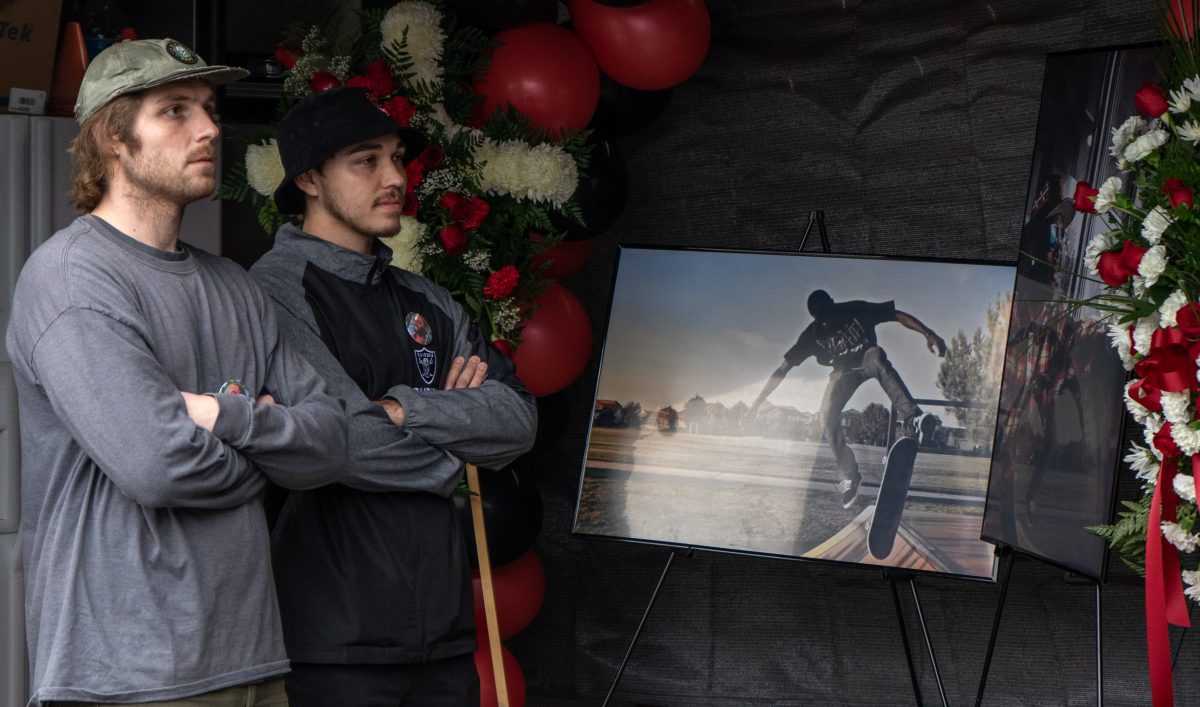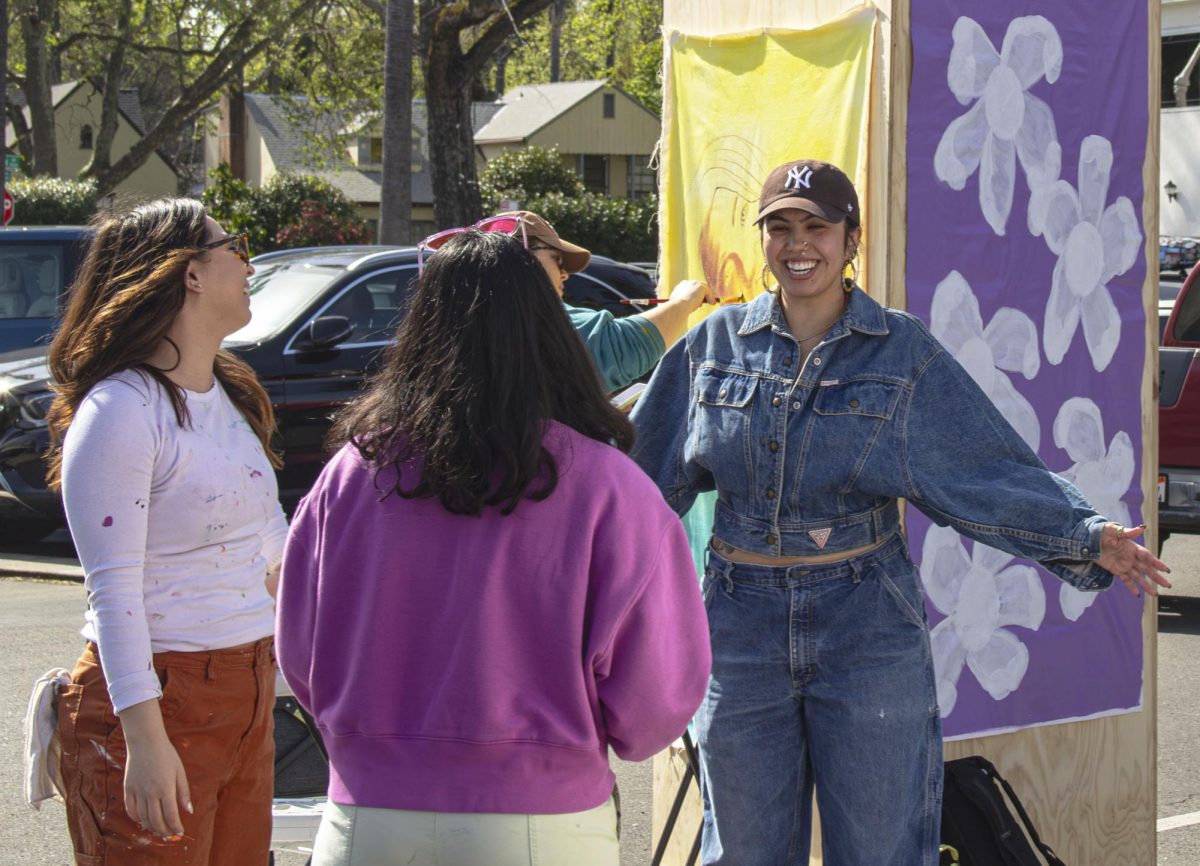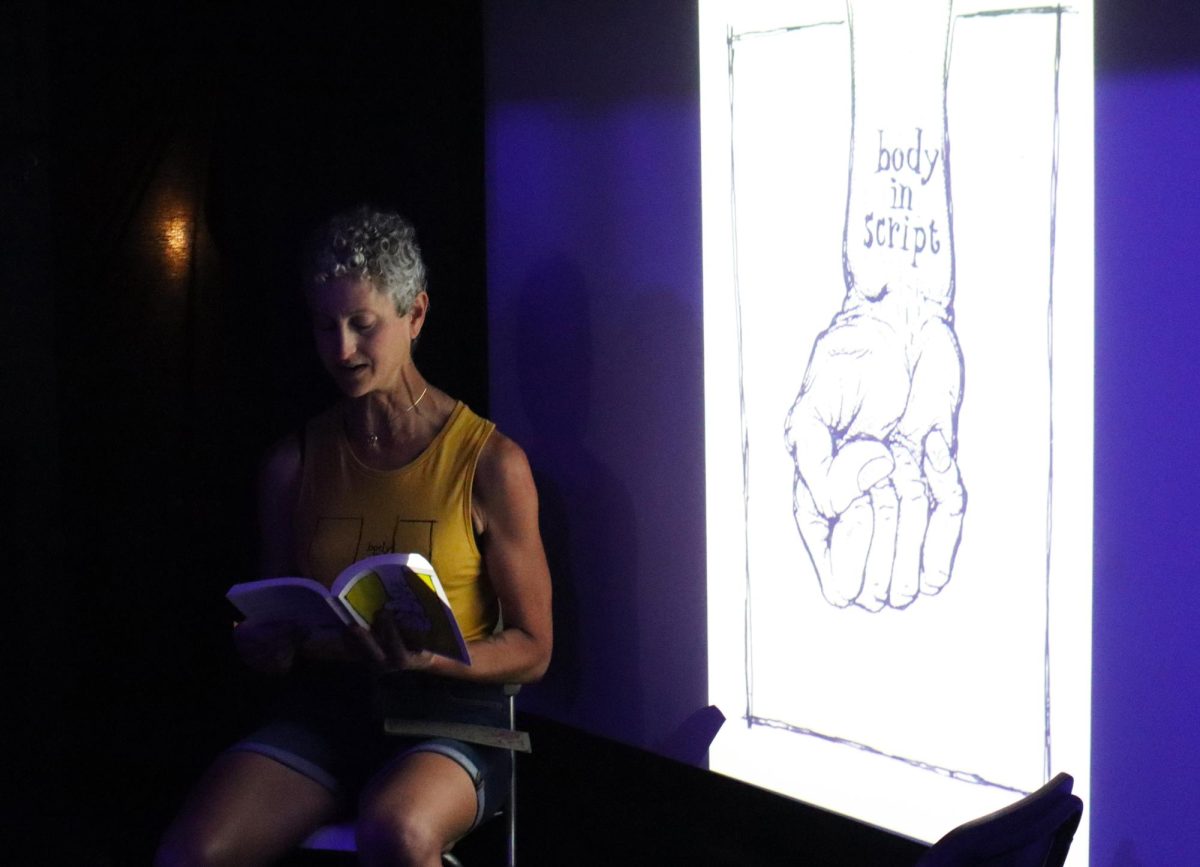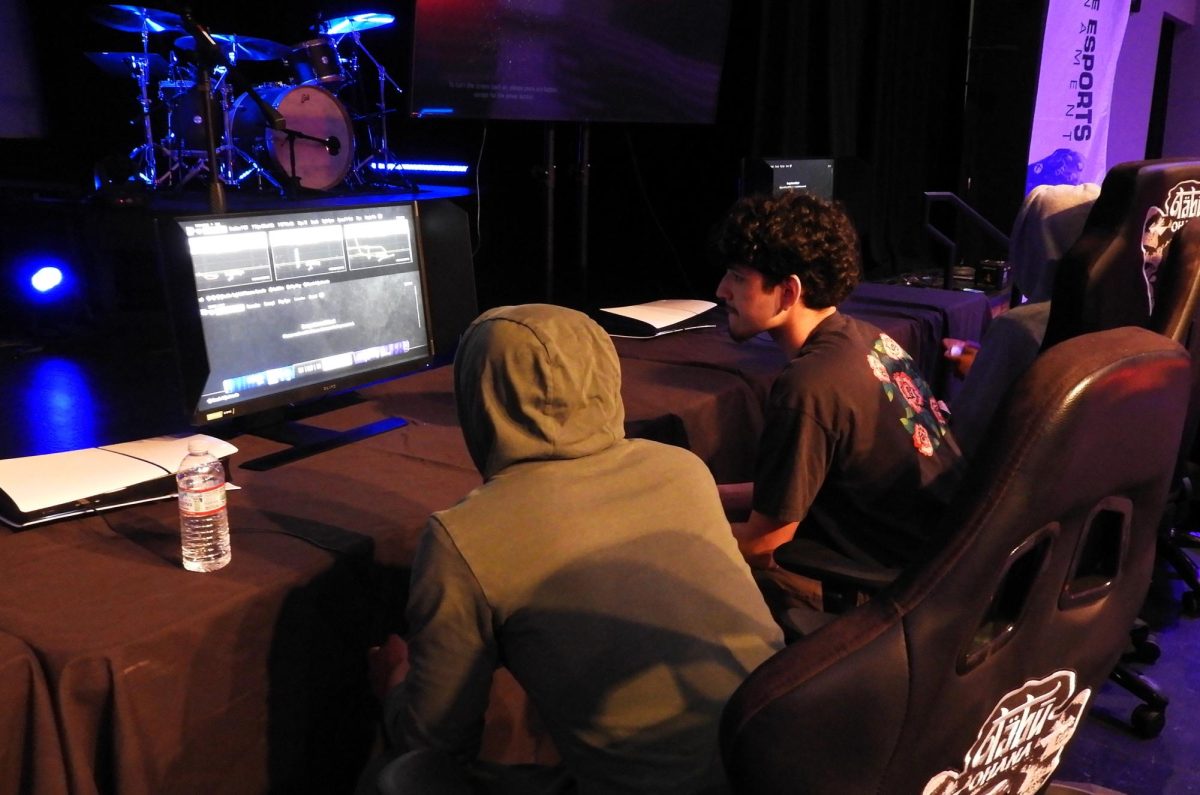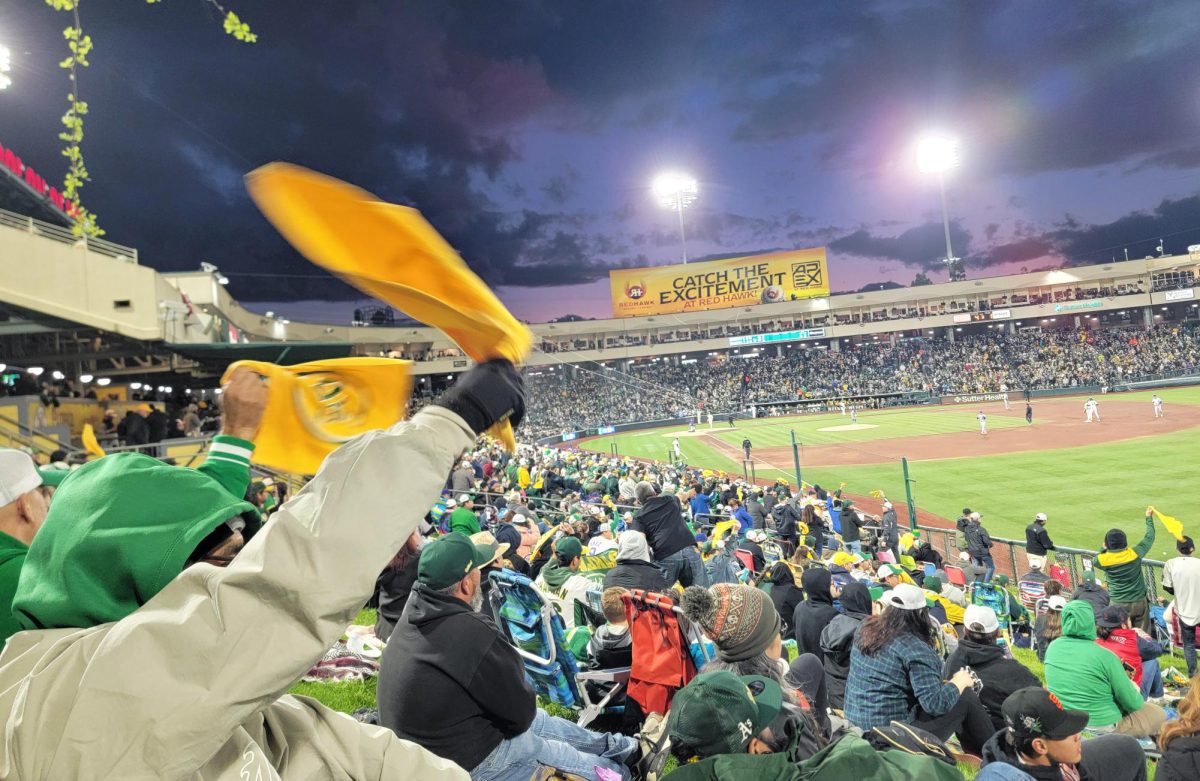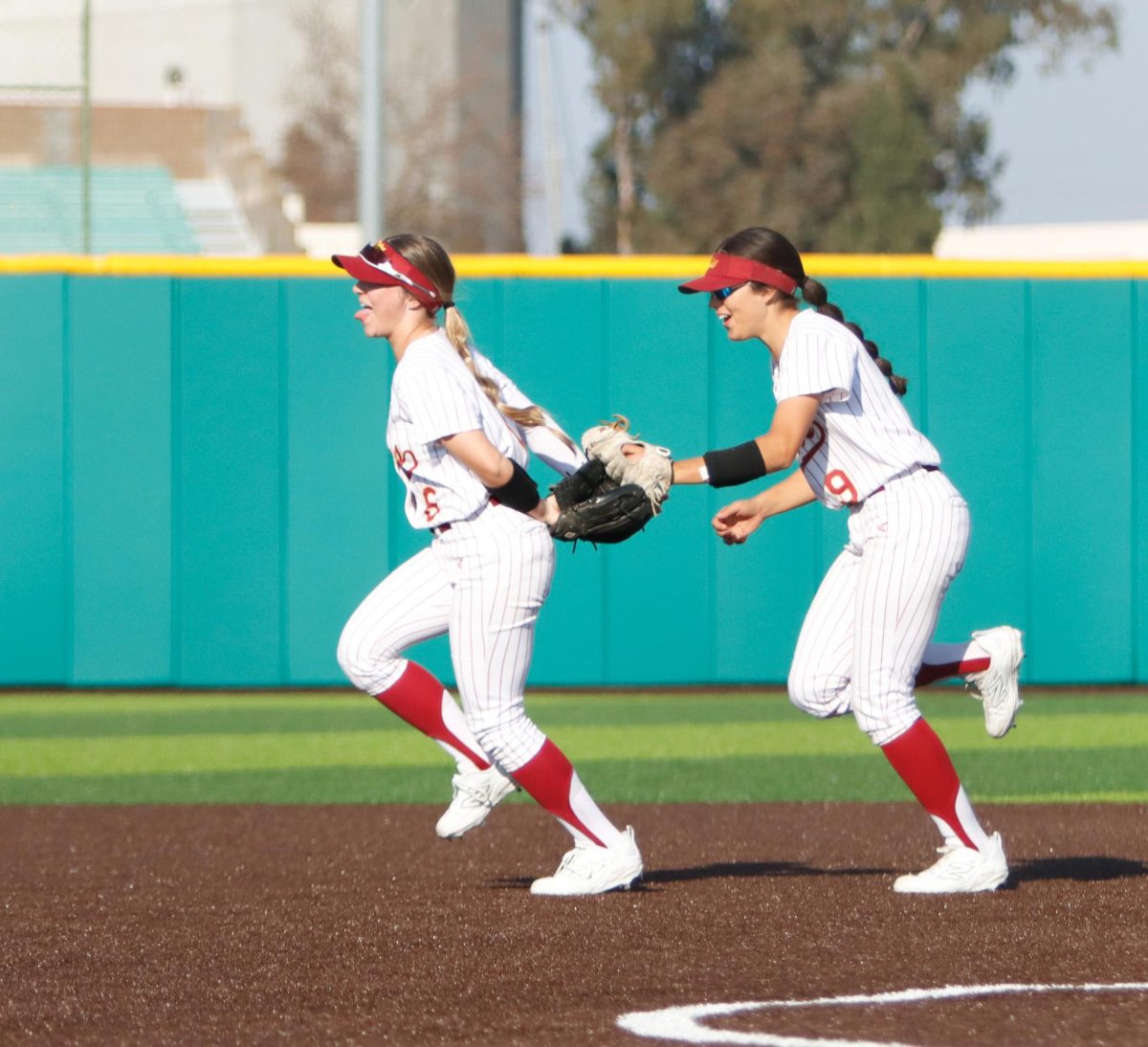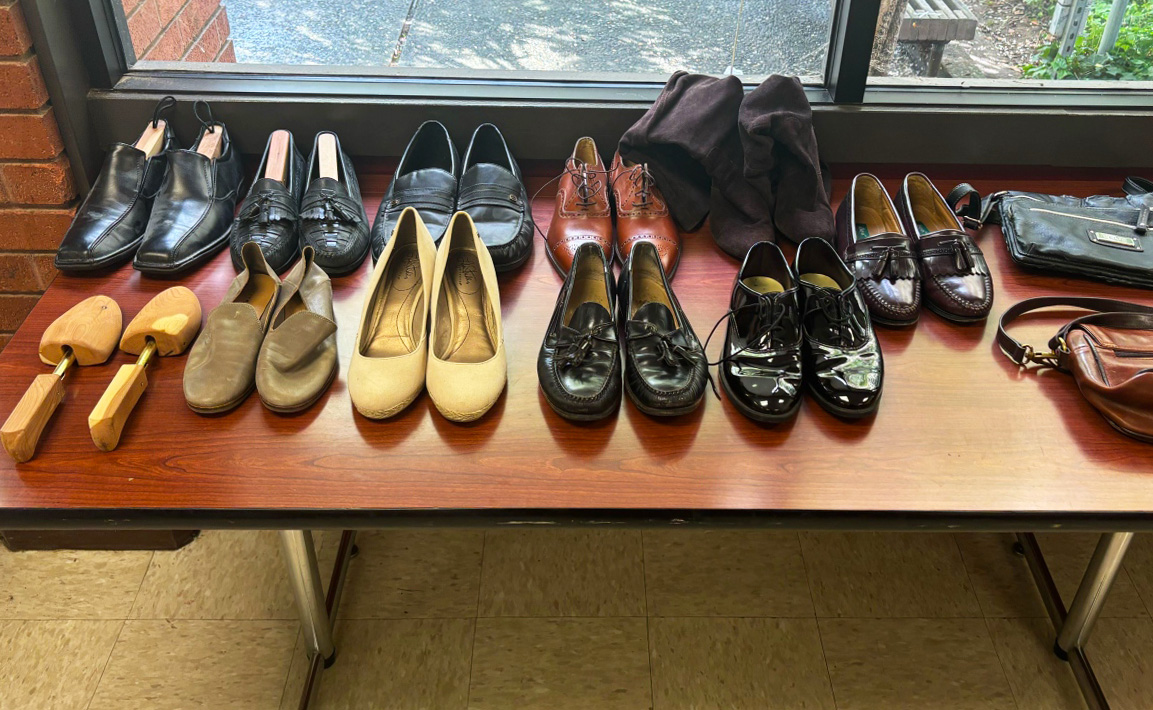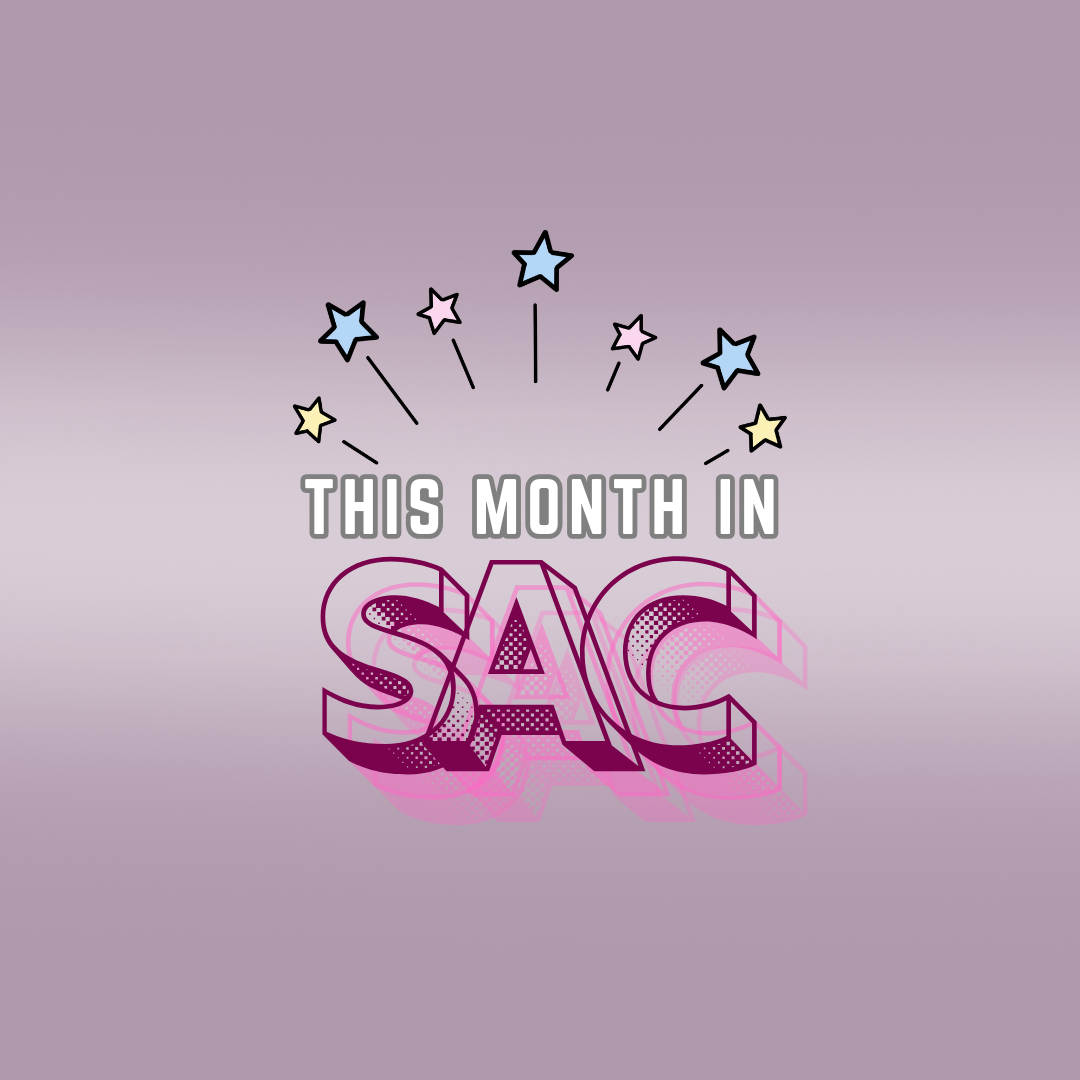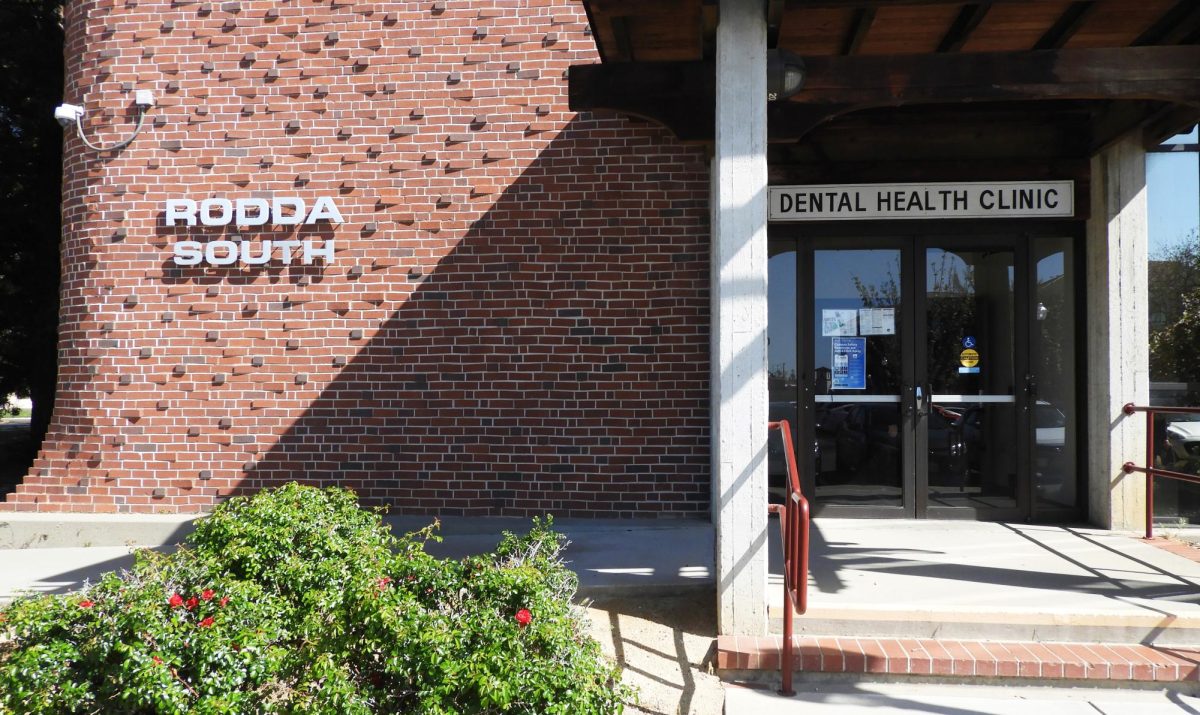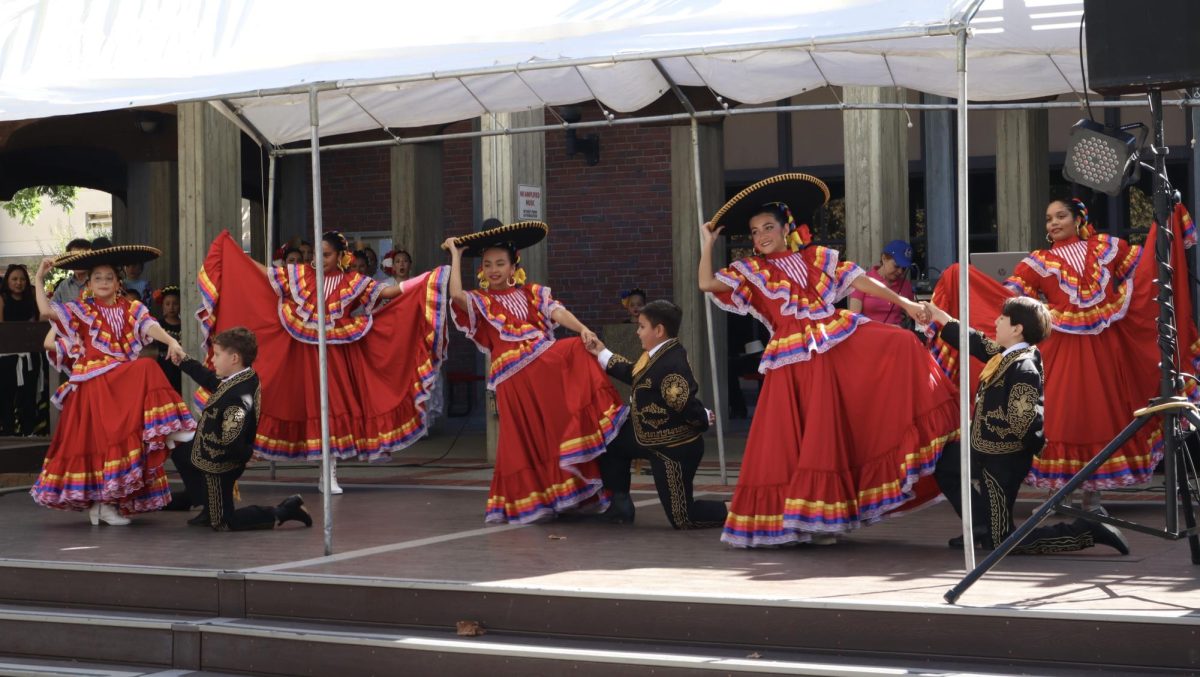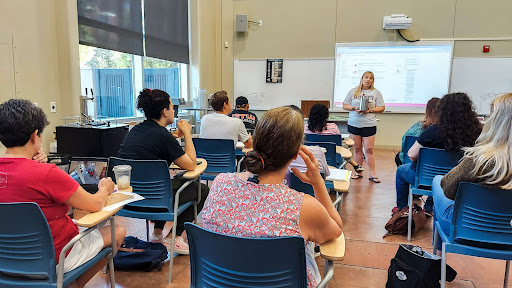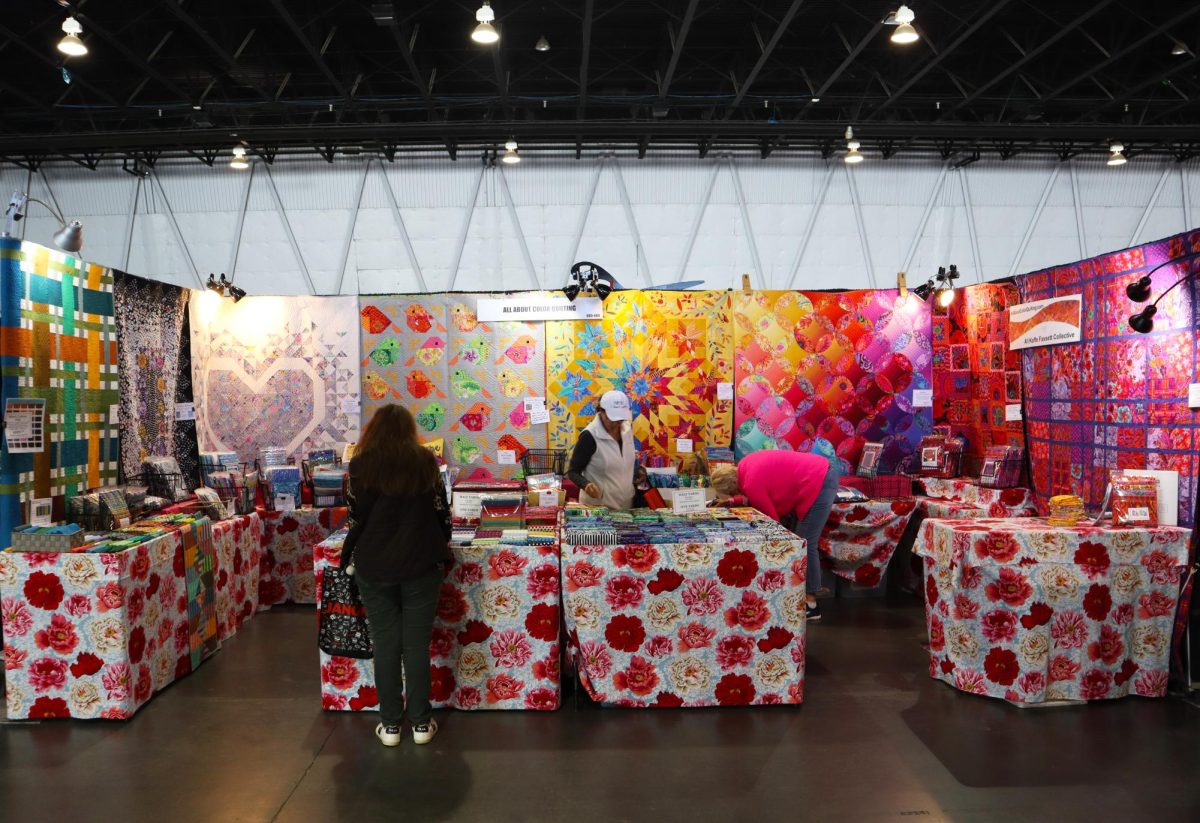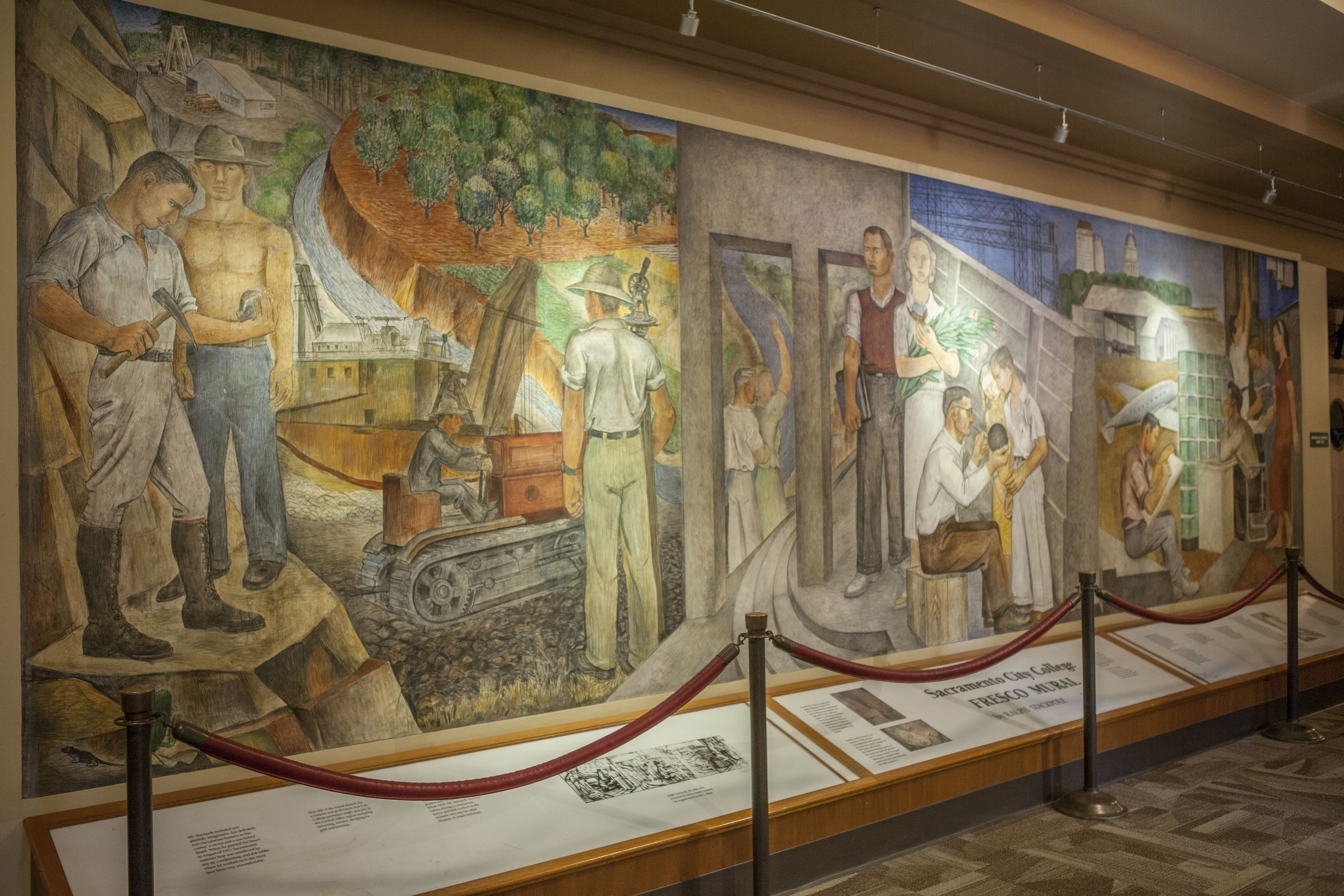
In 1937, the world was in the Great Depression’s eighth year, and Franklin D. Roosevelt began his second term as president.
To combat the poverty and unemployment caused by the Depression, Roosevelt implemented a series of government programs known as The New Deal. The largest of these programs was the Work Progress Administration (WPA), which employed millions of unemployed people for public works projects.
Two WPA projects in Sacramento live on at City College — the North Gym and the Auditorium (now the renovated Performing Arts Center), including a one-of-a-kind fresco titled “The Importance of Education in Sacramento.”
The fresco was conceived and painted in wet plaster by Ralph Stackpole, who was commissioned by Sacramento Junior College President Jeremiah B. Lillard.
Figures in the mural are depicted getting an education while others are working in such fields as agriculture, engineering and aeronautics.
According to 1984 research compiled by former City College history Professor William Mahan, the fresco was likely financed through a cooperation between the Federal Art Project — a WPA program — as well as a student group called the Art League.
According to Valerie Kidrick, an art history professor at City College, the fresco is of historical significance.
“If you look at the mural, it’s not just [about] education.” says Kidrick. “There’s a lot of work, actual physical labor going on, which is very important in the 1930s, for obvious reasons.”
The fresco depicts education at the then-named Sacramento Junior College as a solution to a difficult era in American history.
“It’s painted in a very specific and very definite style of the ’30s. The style is very rounded, and the human figures don’t really feel like they have a lot of bones,” says Kidrick. “It’s a very, very common style… called Regionalism.”
The style of the piece has further implications, according to Kidrick. She says that mural painting had a revival in the 1930s, focused around “the idea of working as a group.”
According to an August 1937 article in The Sacramento Bee, Stackpole painstakingly worked on the fresco in sections. The Bee described him as a “slave to his medium” as he quickly applied plaster to the wall and pigment to the wet coating before it dried.
The final project encapsulates more than just Stackpole’s imagination. A letter Stackpole sent in response to a student’s query states that the fresco incorporated people and objects from the Sacramento Junior College campus in 1937.
Mahan’s research indicates that Stackpole used multiple live models who were on campus that summer. These models included Kathryn Reynolds and Pat Sullivan, workers in the administration office, as well as instructor Warren Gayman and his son, Merlin.
A tractor featured in the mural is based on one used daily in the construction of the Auditorium. Buildings seen in the background are real parts of the 1930s Sacramento skyline.
In the words of Stackpole, “Some of the elements are from the school, some from the valley and surroundings.”
The mural was restored in the 1980s, largely due to organization efforts by Mahan. According to the Alumni Association newsletter from March 1984, the fresco had been reduced to a state of disrepair due to vandalism and neglect. The restoration sought to repair the fresco and preserve it for years to come.
Kidrick hopes that the fresco can be more prominently displayed by using the lobby for more events. She believes that having more access to Stackpole’s creation would have positive effects on the community.
“I think it would change the way Sacramentans think about their city,” says Kidrick. “Sacramento has a lot to offer in the arts, both historically and contemporarily, so it would be nice if the community had a better idea of what we do have to offer.”
Despite those who criticize Stackpole’s skill, including a Bee reporter in 1984 who described him as “not a great artist, to be sure,” Kidrick disagrees.
“Great art… reflects the time and place in which it was created,” says Kidrick. “To me, Stackpole is a great artist.”


